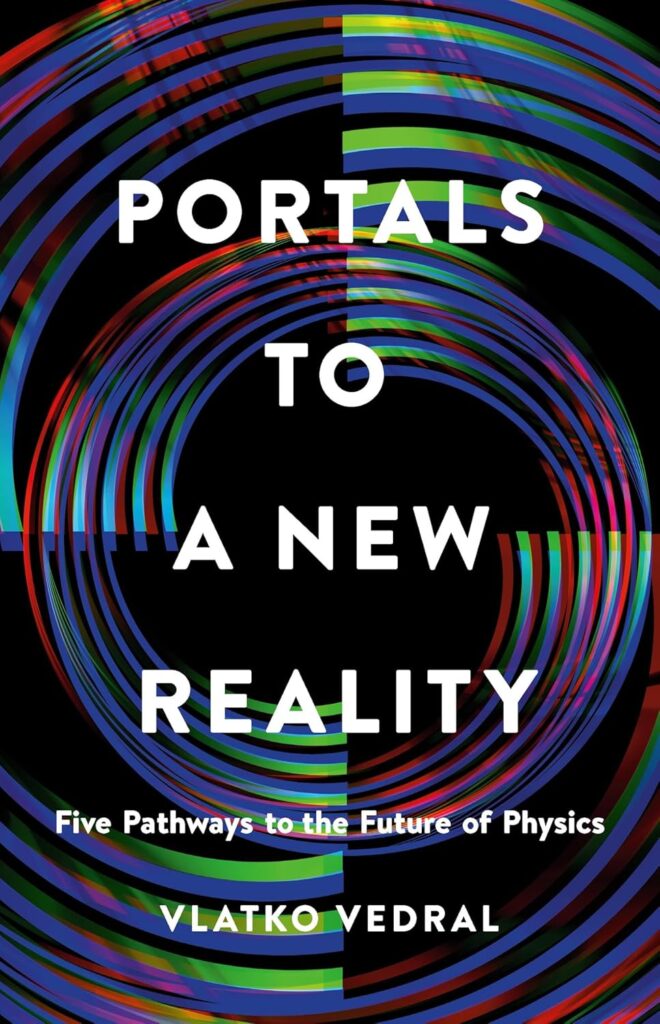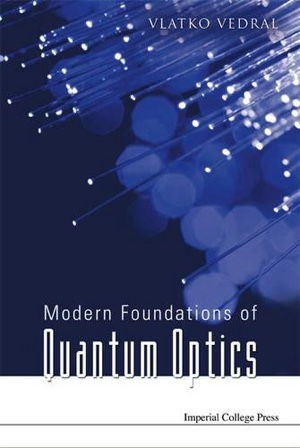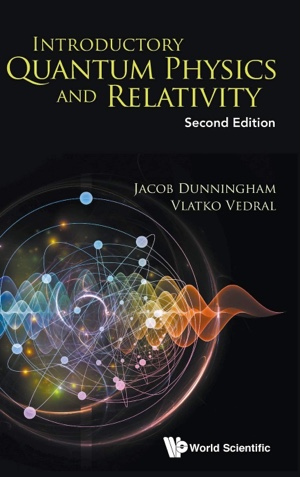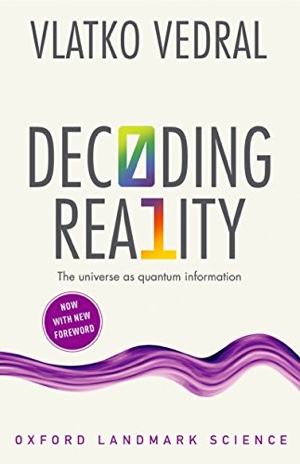The Kochen-Specker “Paradox”
There are many ways of describing the fundamental difference between quantum and classical physics. The main issue is that of the existence of quantum superpositions, namely that an object can exist in many different states at the same time. For example, an electron can exist in two different spatial positions within an atom, closer to the nucleus and further away from it, at the same time. But also, larger objects, such as complex molecules, can exhibit the same property. This is something that classical Newtonian physics rules out. A classical object has a well-defined position as well as a well-defined velocity with which it moves; it can never have two or more different positions or velocities at the same time.

Photo by Maksim Goncharenok: https://www.pexels.com/photo/two-people-holding-pineapple-fruit-on-their-palm-4412924/
The superposition phenomenon itself leads to two big divergences with classical physics. One is the existence of entanglement and its use in the violation of Bell’s inequalities. The fact that Bell’s inequalities are violated by entangled quantum objects, while they are never violated by any classical systems, forces us to acknowledge that quantum mechanics is (in some, well-defined, sense) either un-real or non-local. Bell’s inequalities have been tested many times using different systems and have been shown to be violated thereby confirming quantum un-reality and/or non-locality. There is even a recent Nobel Prize given for this kind of stuff.
My regular readers will know that my conclusion is that quantum physics is still local, but that the underlying elements of reality cannot be captured by real numbers. The elements of reality happen to be objects that contain many real numbers at the same time, called q-numbers by one of the quantum pioneers Paul Dirac.
The other surprise is related to this un-reality. How your system responds to being probed is dependent on the order in which you perform measurements, i.e. on the context of your probing. What this means is that a quantum system does not have a predetermined outcome to a given measurement, but that the outcomes emerge and are created directly as a result of the measurement process.
Speaking somewhat loosely, measuring the position of your object and then speed is not the same as measuring the speed and then position. This property, known as contextuality, is closely related to Heisenberg’s uncertainty and is also a consequence of quantum mechanics, first formalised by two mathematicians, Kochen and Specker. Yes, it’s called the Kochen-Specker paradox, but it’s not a paradox at all, it’s just something that cannot be understood with classical physics.
Contextuality, too, can be tested in a way similar to Bell’s inequalities. Clearly, for classical objects, it makes no difference which order you measure the position and speed – you should always get the same result. This is because the position and velocity are “objective” properties of systems in classical physics existing independently of measurements. Classical systems in other words are completely non-contextual. (Remember the joke about a policeman stopping Heisenberg for speeding, only to get the reply: “I have no idea how quickly I was going, but I know exactly where I am at”).
Just like with Bell’s inequalities, there have been many tests of contextuality. And needless to say, quantum physics has passed them all.
Even the most prominent qubit platform at present, the superconducting qubits, has been shown to be contextual. My bet is that large-scale quantum computers, no matter how they are made, will also one day exhibit the full contextual behavior (otherwise, it is difficult to call them *universal* quantum computers). If so, then we are facing an interesting question.
If macroscopic properties of one squillion atoms turn out not to exist independently of the measurements we make and the context we choose, i.e., they don’t have an objective, independent (and prior) existence, then how far does this feature persist in the macroscopic world? Does it, for example, apply to living systems? To over-dramatise it a bit, does the colour of your eyes depend on how I decide to look at you? Or, to take another macroscopic feature, does the very existence of life on Earth depend on the context within which we ask this question? Bizarre as it may sound, the answer could, at least in principle, be “yes” to both questions.
This is related to another quantum experiment called Wheeler’s delayed choice. Say a photon was created in the early universe and has been traveling a long distance only to reach us at this time. Did it propagate as a particle would, in a straight line, or did it take all the paths at the same time as a wave would? Wheeler pointed out that this depends on how we decide to detect the photon! If we allow all the paths of the photon to interfere before we measure it, it would have behaved like a wave; otherwise, if we just detect it without interference, it would simply have been a particle. So how we choose to measure *now*, determines what the photon was like 14 billion years *ago*, a particle or a wave!
I want to finish by telling you about a psychological effect in which we humans also exhibit contextuality. Amos Tversky and Daniel Kahneman (Nobel Prize in Economics) experimented with how the phrasing of a question affects the answers people give. Participants were asked to choose between two treatments for 600 people affected by a deadly disease, such that:
Treatment A was predicted to result in 400 deaths,
Treatment B had a 33% chance that no one would die, but a 66% chance that everyone (all 600 people) would die.
Although the two treatments had the same average number of people saved, the choice was presented to participants either with positive framing, i.e., how many people would live, or with negative framing, i.e. how many people would die. Treatment A was chosen by 72% of participants when it was presented as saving 200 lives, while this dropped to 22% when the same choice was presented as “400 people will die”.
So, clearly, the context matters even in the psychological world of humans. Here the explanation is presumably that evolution has “programmed” us to be risk-averse. Our negative emotional response to hearing about death is of higher intensity than the positive emotional response to learning about life. So we do our best to avoid death. Nothing quantum here. However, one wonders if any of the multitude of our psychological mechanisms could indeed be macroscopic manifestations and amplifications of the quantum contextuality originating at the level of individual atoms. Well, I don’t know, but it surely is a good topic in the field that itself does not yet exist, that of Quantum Psychology.
Sign up to my substack
BOOKS
ASK ME ANYTHING!
If you'd like to ask me a question or discuss my research then please get in touch.





